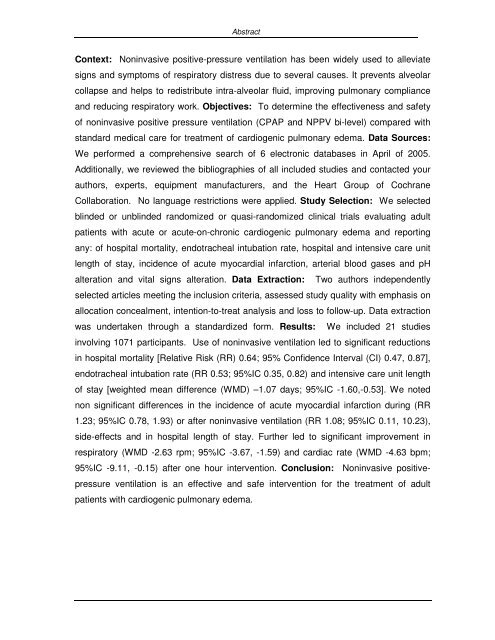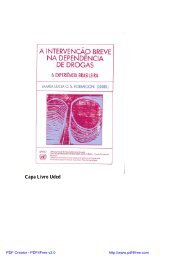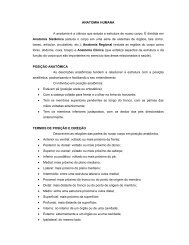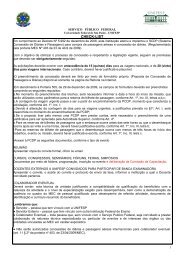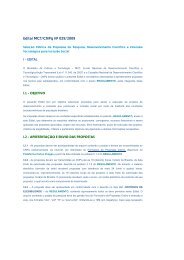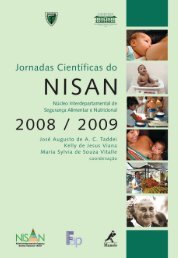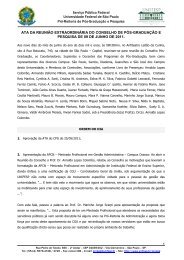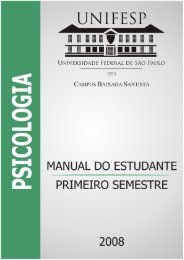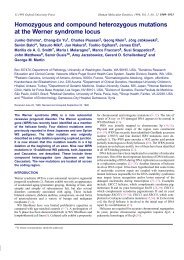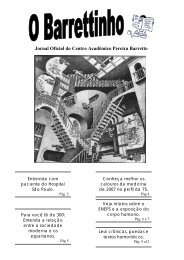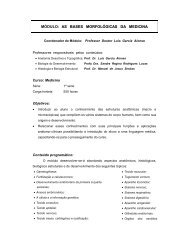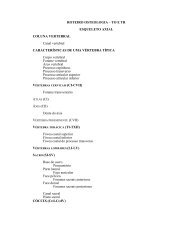flávia maria ribeiro vital efetividade e segurança da - Unifesp
flávia maria ribeiro vital efetividade e segurança da - Unifesp
flávia maria ribeiro vital efetividade e segurança da - Unifesp
Create successful ePaper yourself
Turn your PDF publications into a flip-book with our unique Google optimized e-Paper software.
Abstract<br />
Context: Noninvasive positive-pressure ventilation has been widely used to alleviate<br />
signs and symptoms of respiratory distress due to several causes. It prevents alveolar<br />
collapse and helps to redistribute intra-alveolar fluid, improving pulmonary compliance<br />
and reducing respiratory work. Objectives: To determine the effectiveness and safety<br />
of noninvasive positive pressure ventilation (CPAP and NPPV bi-level) compared with<br />
stan<strong>da</strong>rd medical care for treatment of cardiogenic pulmonary edema. Data Sources:<br />
We performed a comprehensive search of 6 electronic <strong>da</strong>tabases in April of 2005.<br />
Additionally, we reviewed the bibliographies of all included studies and contacted your<br />
authors, experts, equipment manufacturers, and the Heart Group of Cochrane<br />
Collaboration. No language restrictions were applied. Study Selection: We selected<br />
blinded or unblinded randomized or quasi-randomized clinical trials evaluating adult<br />
patients with acute or acute-on-chronic cardiogenic pulmonary edema and reporting<br />
any: of hospital mortality, endotracheal intubation rate, hospital and intensive care unit<br />
length of stay, incidence of acute myocardial infarction, arterial blood gases and pH<br />
alteration and <strong>vital</strong> signs alteration. Data Extraction: Two authors independently<br />
selected articles meeting the inclusion criteria, assessed study quality with emphasis on<br />
allocation concealment, intention-to-treat analysis and loss to follow-up. Data extraction<br />
was undertaken through a stan<strong>da</strong>rdized form. Results: We included 21 studies<br />
involving 1071 participants. Use of noninvasive ventilation led to significant reductions<br />
in hospital mortality [Relative Risk (RR) 0.64; 95% Confidence Interval (CI) 0.47, 0.87],<br />
endotracheal intubation rate (RR 0.53; 95%IC 0.35, 0.82) and intensive care unit length<br />
of stay [weighted mean difference (WMD) –1.07 <strong>da</strong>ys; 95%IC -1.60,-0.53]. We noted<br />
non significant differences in the incidence of acute myocardial infarction during (RR<br />
1.23; 95%IC 0.78, 1.93) or after noninvasive ventilation (RR 1.08; 95%IC 0.11, 10.23),<br />
side-effects and in hospital length of stay. Further led to significant improvement in<br />
respiratory (WMD -2.63 rpm; 95%IC -3.67, -1.59) and cardiac rate (WMD -4.63 bpm;<br />
95%IC -9.11, -0.15) after one hour intervention. Conclusion: Noninvasive positivepressure<br />
ventilation is an effective and safe intervention for the treatment of adult<br />
patients with cardiogenic pulmonary edema.


